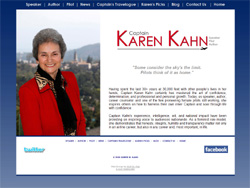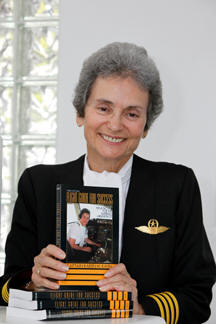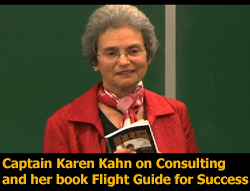The Asiana crash demonstrates that the easiest approach
(usually visual approaches are considered to be less complicated than
instrument approaches) isn't quite what it appears to be and is more complex
than first meets the eye.
I was a manual pilot turned auto by moving to an automated
airplane 10 years ago. I spent time
trying to figure out how to fly that manual approach into SFO using all that
automation I’d learned to use, but I couldn't do it…it still required a lot of
manual input and forethought.
In the case of the Asiana crash, we have a pilot trained
mostly on automation now needing to switch to his manual skills, and probably
recognizing this fact at the last moment.
This approach appears easy, but in reality it’s quite demanding and
requires careful attention to many details, particularly the relationship
between power and pitch in large swept wing jet aircraft. That is, when you
decrease the power to idle, the airplane descends very rapidly and you need to increase
the power BEFORE you think you need it in order to level off or decrease your descent
rate.
Having flown this approach many times, I spent many hours
trying to figure out how to fly it using the automation, since I was supposed
to be using those modes as much as possible. It took me several visits to SFO,
flying this same approach over and over, each time a little differently, to
determine that I’d need to pay extra careful attention while descending on the
final approach segment. It took a good
deal of experience to realize that the approach couldn't be flown in the auto
mode…the airplane just wouldn't do it smoothly and quickly enough to be
viable.
One of the greatest traps is thinking that since the approach
is a “visual” one, it’s going to be relatively simple. When you’re tired and hoping for a simple ending
to the hours of endurance aloft, it’s easy to overlook or ignore the fine
details of this approach that happen very quickly as you near the runway.
Namely, finding yourself quite high when you’re quite close to the runway and
needing to do something about it promptly, not wait for the airplane’s
automation to fix the problem.
Changing from steady state flight to descent takes time and
that means miles. If you don’t start descent at the very precise moment it’s
allowed, you end up being higher and higher than you should be, requiring more
and more skill to get the airplane down to the proper approach slope. Not only do you have to know when to start down
(and how steep to make the descent) but
you need to know when to arrest that descent so you can regain that desired 3
degree path to the runway. All this data
needs to be considered long before you begin the approach so that you’ll be
ready and have the airplane properly slowed and configured for that last minute
rapid descent rate to the runway.
 I've found it’s important to be skeptical of any seemingly
easy maneuver. At SFO, I would
continually ask myself WHY there was no automated visual approach to Runway
28L, while Runway 28R has a very precise automated approach path that utilized
a curving flight path and a normal descent rate. But 28L is another story; the only automation
I found useful was the basic wing-leveler and heading select mode of the
autopilot and then it was iffy at best.
Mostly I’d disconnect the autopilot and use the visual slope indicator
(VASI) next to the runway threshold to judge my descent for the last portion of
the approach.
I've found it’s important to be skeptical of any seemingly
easy maneuver. At SFO, I would
continually ask myself WHY there was no automated visual approach to Runway
28L, while Runway 28R has a very precise automated approach path that utilized
a curving flight path and a normal descent rate. But 28L is another story; the only automation
I found useful was the basic wing-leveler and heading select mode of the
autopilot and then it was iffy at best.
Mostly I’d disconnect the autopilot and use the visual slope indicator
(VASI) next to the runway threshold to judge my descent for the last portion of
the approach.
As they've said for so many years: Aviation, like the sea, is terribly
unforgiving of any carelessness, incapacity or neglect. This appears to have been a case of several
of these factors joining forces at just the wrong time.






